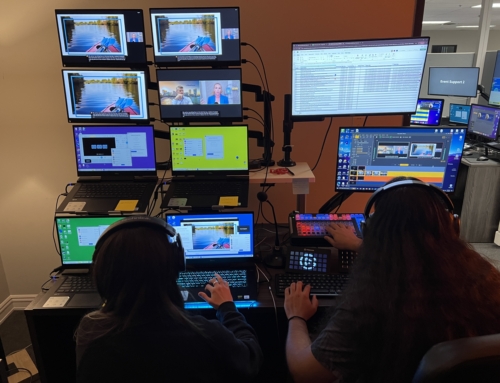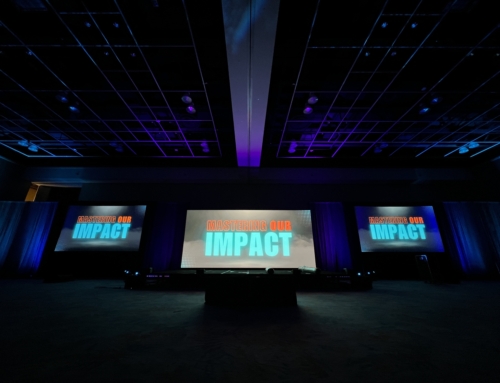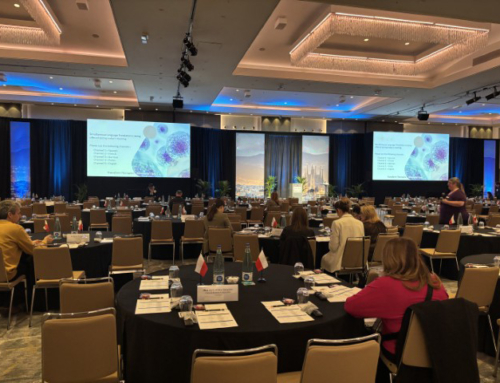Automation has been widely discussed throughout many industries. Many menial and repetitive jobs have incrementally been replaced by automation over the past 20 years+. Every job from cashier to the truck driver is slowly being replaced by self-checkout lanes and self-driving cars. So, how exactly will this trend affect the travel and meetings industry? In a few ways actually. Whether you find them unfortunate or as a challenge to overcome, these changes will definitely affect the industry for generations to come.
Walk into any airport today and you will see just how much more preferred check-in kiosks are over check-in counters with real people behind them. This is the first point where automation and computer programming have begun to affect the meetings industry. Essentially, no longer are attendees who travel to your shows required to interact with a human being from the time they leave their house for the airport until they reach their hotel room. How does this make the meeting planner’s job easier or difficult and what challenges does it pose? Well, it would be in the best interest of meeting planners to research new technology to make it easier for your attendees to be welcomed in their rooms, for example, delivering devices that contain all the necessary information to get to the show. The devices would contain plane tickets, a dedicated expenses calculator that keeps track of the attendee’s spending, check-in, and food preferences.
At the show site, the automation experience can be seen in the technology used during the event. An obvious example is robotic cameras that can now be set up to follow presenters on stage automatically without the use of an operator. This replaces the need for a camera operator whenever the movement is minimal from the presenter. For example, newer drones have implemented “follow” cameras in which cameras automatically and smoothly follow a person without the need of a pilot or a camera operator’s input.
If we step into speculative territory, the idea that people will no longer need to have their badges scanned and thus have their information stored for future communication efforts isn’t too farfetched. Nowadays, we hear of technology that retailers such as Amazon have been using to target customers. Amazon recently tested a completely non-invasive way of in-store shopping without cashiers or checkout machines in which shoppers would simply pick up what they needed from the store and walk out. The technology would then be able to automatically charge the customers for the products taken as they stepped outside of the store.
Maybe some of this technology will one day find itself in our meeting rooms, and whether we like it or not, we will have to adapt as meeting professionals. This is why it’s always important to stay up to date with the trends that affect our clients and ourselves too.






